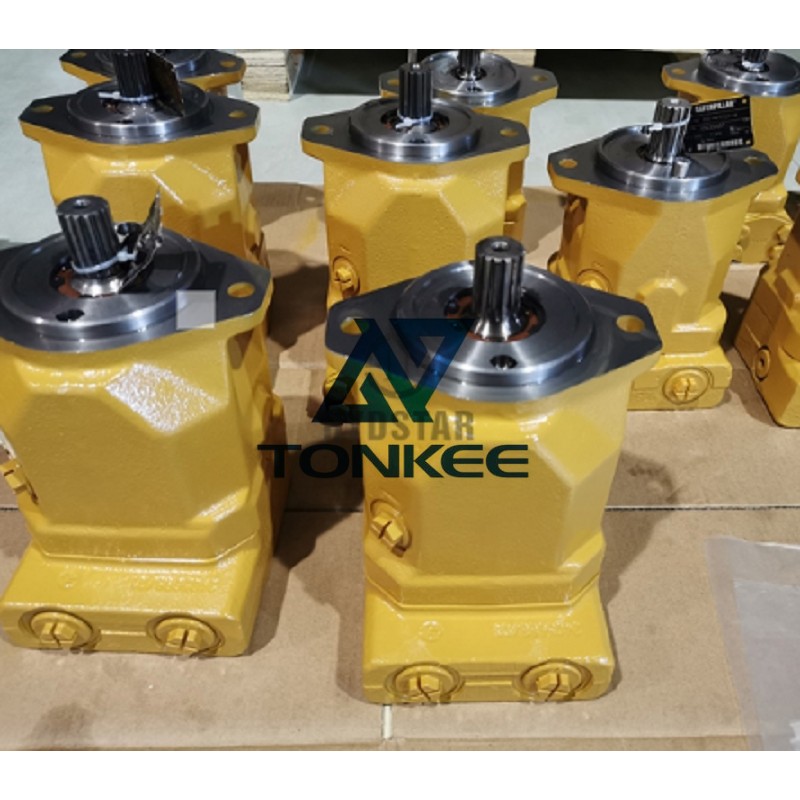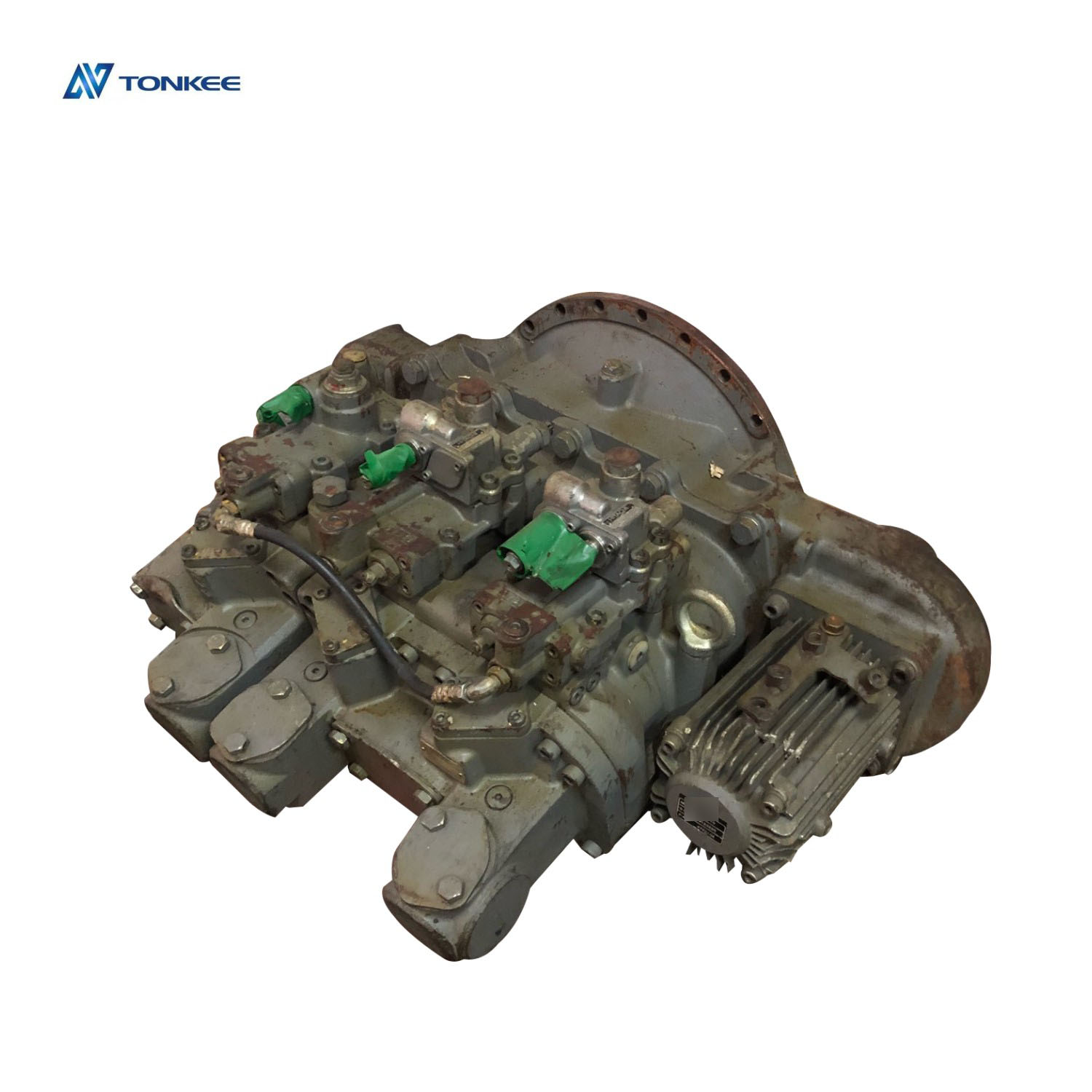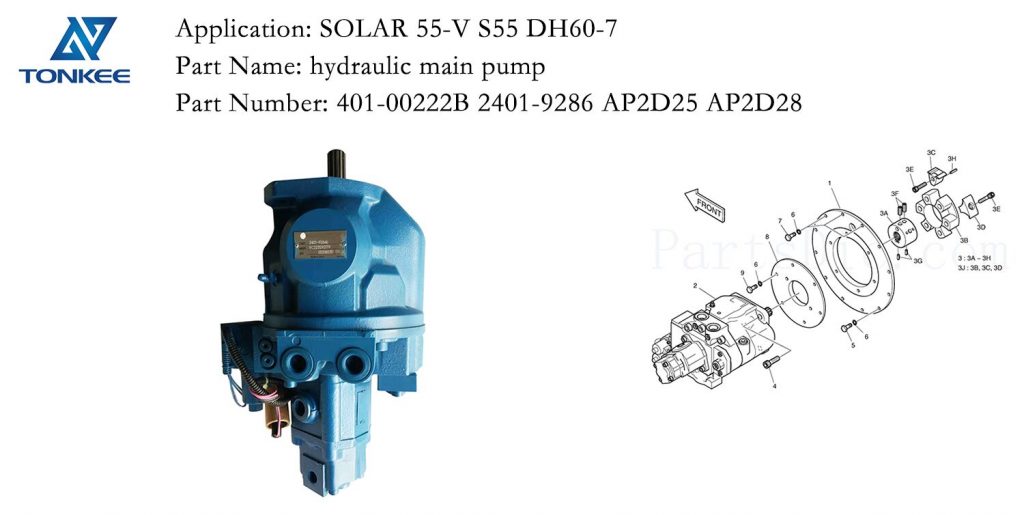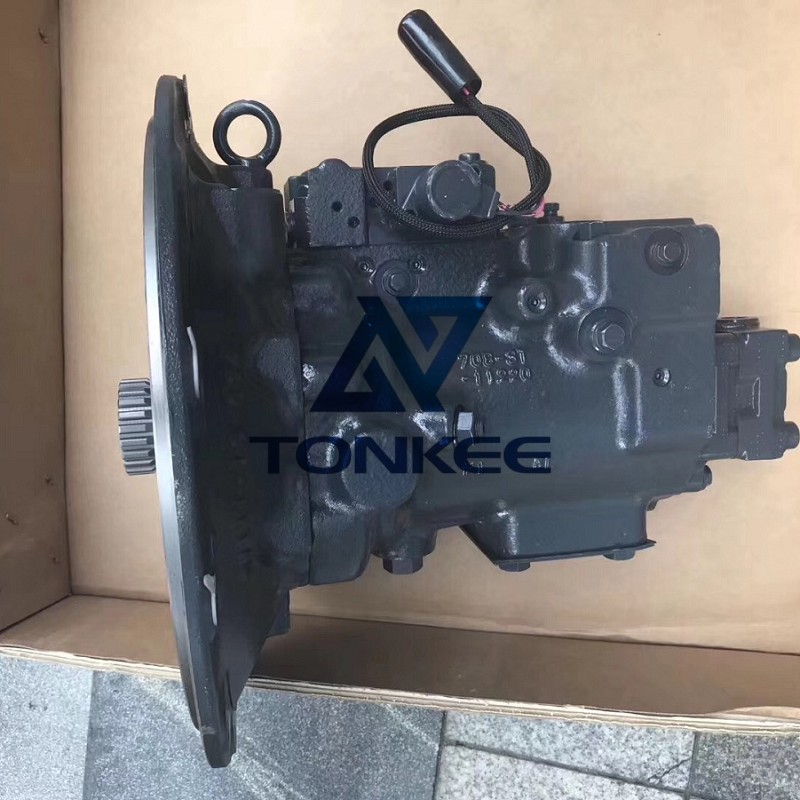
Motor Type: Fan motors can be of different types, such as AC (alternating current) or DC (direct current).
AC motors are commonly used in household appliances and HVAC systems, while DC motors are found in battery-powered devices and some industrial applications.
Power Rating: This indicates the motor's power output and is measured in watts or horsepower (HP). It determines the motor's ability to drive the fan blades.
Voltage and Frequency: Fan motors are designed to operate at specific voltage levels (e.g., 110V, 220V) and frequencies (e.g., 50Hz, 60Hz). Matching the motor's voltage and frequency with the power supply is crucial for proper operation.
Speed: The rotational speed of the motor, often measured in RPM (revolutions per minute), affects the airflow generated by the fan. Different applications may require specific speed ratings.
Efficiency: This parameter measures how effectively the motor converts electrical energy into mechanical energy. Higher efficiency motors are more energy-efficient and produce less heat.
Size and Mounting: The physical dimensions of the motor, including the shaft size and mounting style (e.g., flange, base mount), are essential for fitting the motor into the intended application.
Cooling Method: Fan motors may have different cooling mechanisms, such as natural convection, external fans, or built-in cooling fans.
Enclosure Type: The motor's enclosure protects it from environmental factors, dust, and moisture.
Common types include open drip-proof (ODP), totally enclosed fan-cooled (TEFC), and explosion-proof.
Insulation Class: Fan motor windings are insulated to withstand heat. The insulation class indicates the maximum temperature the motor can handle without damage.
Duty Cycle: This specifies how the motor is expected to perform over time. It can be continuous duty, intermittent duty, or short-time duty, depending on the application.
Compliance and Certifications: Motors may need to meet specific industry standards or regulations, such as UL, CE, or RoHS compliance, depending on the application and location.
Environmental Conditions: Consideration of the environment where the motor will be used, including temperature and humidity, is crucial for motor selection.
Control Method: Some fan motors are designed for variable speed control using methods like VFD (Variable Frequency Drive) or PWM (Pulse Width Modulation).



 English
English Русский язык
Русский язык






